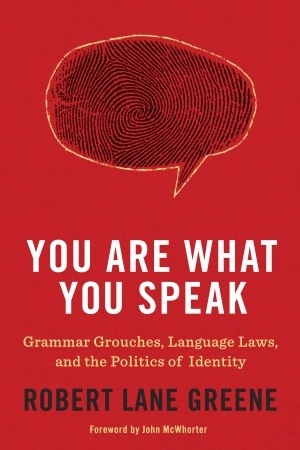A few weeks ago, some friends and I visited Boston’s Institute of Contemporary Art. I did there what I do each place I’m asked to view contemporary art. I looked at each piece for a few seconds, read the accompanying artist’s or curator’s statement thoroughly, and then looked back to the art thinking, “Oh, that’s what they meant to say. Of course!”
This is my way with contemporary art.
It is not, in any way, how I encounter printed words.
In middle school, reading a textbook, I skipped the graphs, the charts, and the tables. I read the words. I’m not sure why I thought those other pieces were there. Filler, maybe?
It’s worked out pretty well so far. Being able to read and manipulate text is the lingua franca of school and the wider world.
Yesterday, I found myself arguing for the opposite. In my Digital Humanities course, I tried to push and pick at people’s thinking around the necessity or sanctity of text.
My thesis is this: Information is equally imperfectly served through transmission via text as through transmission via graphics.
Images, though, don’t have equal footing when we think about reading and literacy. The two terms ellicit images of words, phrases, sentences – verbage.
But they don’t need to, and I’m starting to wonder if we’re not doing ourselves and our students a disservice by putting the premium on the ability to read text.
We lose not only the ability to create and read images, but the comfort and habits of mind that accompany this way of seeing the world as well.
Though the gallery was utterly silent on my trip to the ICA, each image was screaming with the artists’ ideas and commentary. I just had no tools for how to read and understand their language.



